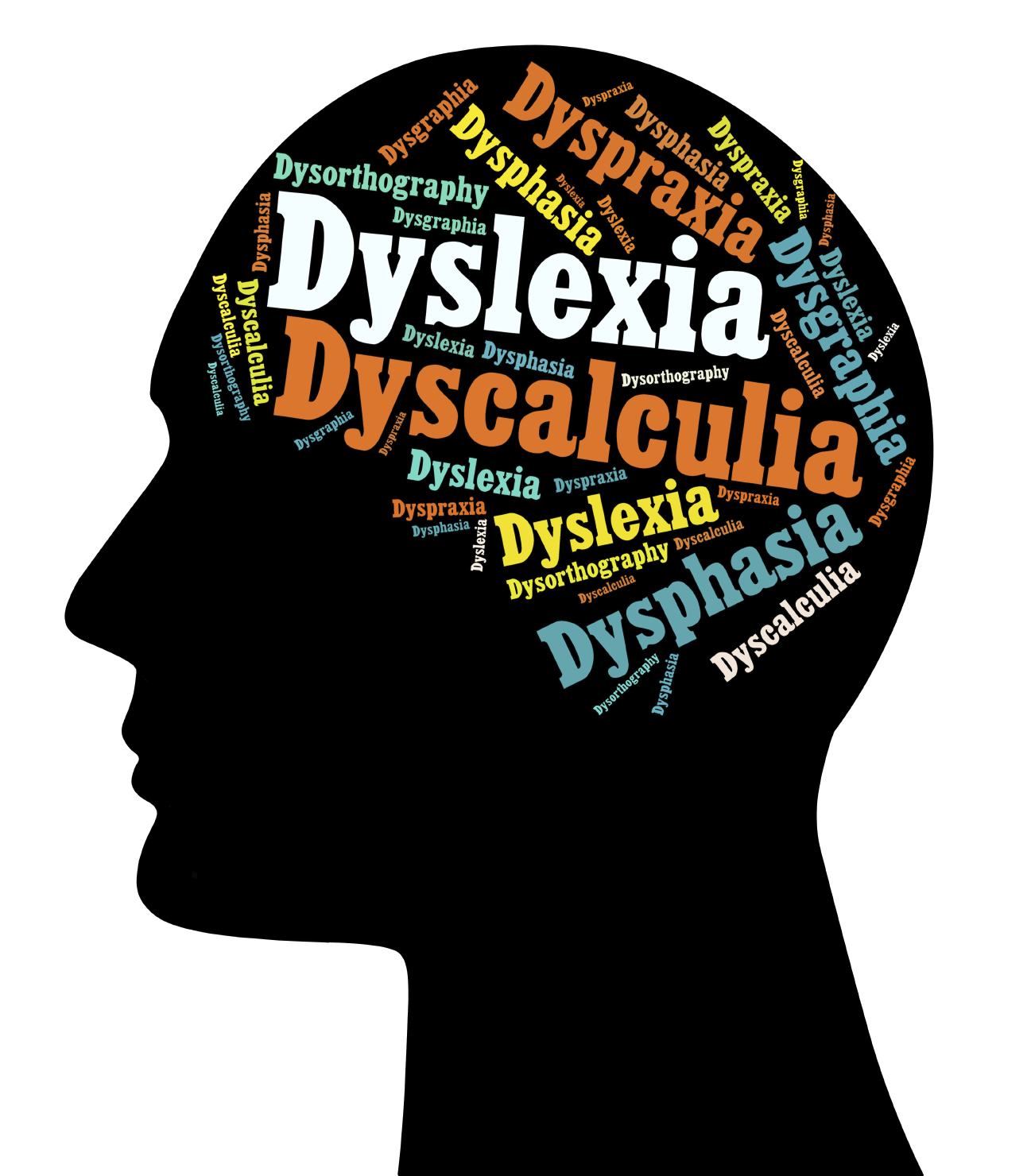Inclusive Technology: Specific Learning Disability

Specific Learning disability (SpLD) is the result of a neurological disorder which causes the learner to receive and process some information inaccurately. SpLD can have a significant impact on learning.
Research indicates that at least five per cent of tertiary-level students have a learning disability which can cause significant difficulties for perceiving or processing auditory, visual or spatial information. The most common learning disability found in the tertiary environment is dyslexia. Other learning disabilities are dysgraphia and aphasia.
While making generalisations about any disability is unhelpful and can perpetuate stereotypes, there are a number of characteristics common to students with SpLD. Difficulties resulting from errors in perceiving and processing information manifest particularly in written work in the form of:
- unusual and inconsistent spellings
- reversals or transpositions of letters in words, or of numbers in figures, formulae and dates
- omission of parts of words or sentences, or omission of auxiliary verbs, pronouns and prepositions
- lack of proper order or demonstrated sequence in writing and mathematical calculations.
Students may also mispronounce or misread words and have difficulty acquiring new vocabulary or a new language. The reading rate is generally slower than average, though not necessarily in all areas.
Assistive technology offers students with learning disability greater access to text-based learning experiences as well as those that require listening and the organisation of information
The following inclusive technologies have been grouped according to the general areas of reading, writing, notetaking and listening and planning.
The resources included in this section is not exhaustive but represents a range of products, some of which require the purchase of a licence and others which are freely available on computer operating systems. Most products listed are successfully being used by students with learning disability within the post-secondary education context.

